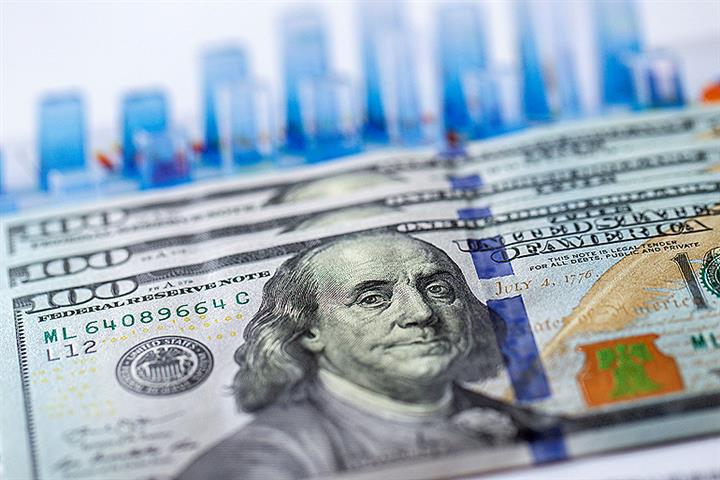 China's Forex Reserves Swelled Over USD100 Billion Last Year to Hit Near Five-Year High
China's Forex Reserves Swelled Over USD100 Billion Last Year to Hit Near Five-Year High(Yicai Global) Jan. 8 -- China’s foreign exchange reserves added a further USD108.6 billion over the course of 2020, hitting the highest level since April 2016, on a weaker dollar and rising assets.
The country’s forex reserves reached USD3.2 trillion in December, a gain of USD38 billion from November, the State Administration of Foreign Exchange said yesterday.
Last month, China's foreign exchange market was stable with orderly transactions, Wang Chunying, the SAFE’s deputy director and spokesperson, said at a press briefing.
The US dollar index, which measures the value of the US dollar relative to a basket of foreign currencies, continued its downward trend, depreciating by a further 2.1 percent in December. The euro, by contrast, rose 2.4 percent, the British pound appreciated 2.6 percent, the Japanese yen was up 1 percent and the Chinese yuan strengthened 0.46 percent.
Growing trade and greater cross-border capital inflows helped boost the forex coffers in December, said Wen Bin, chief analyst at China Minsheng Bank. As major global economies recover from the impact of Covid-19 this will help raise international orders and benefit China’s exports.
The People’s Bank of China has taken a series of measures since last October to encourage the use of the yuan in international markets and boost the two-way balanced flows of cross-border funds in order to stabilize the yuan and avoid unilateral appreciation.
The central bank cut the reserve ratio for forward forex sales to zero on Oct. 12. Previously, financial institutions had been required to deposit 20 percent of such sales with the central bank to mitigate risk.
It faded out the use of the counter-cyclical factor in yuan pricing, it lowered the upper limit for financial firms’ overseas borrowing to 1 from 1.25 and it raised the limit on lending abroad by domestic firms to a coefficient of 0.5 from 0.3.
The increase in overseas lending will encourage yuan outflows and reduce currency appreciation pressures to some extent, said Tang Jianwei, chief researcher at Bank of Communications' Financial Research Center.
Editor: Kim Taylor